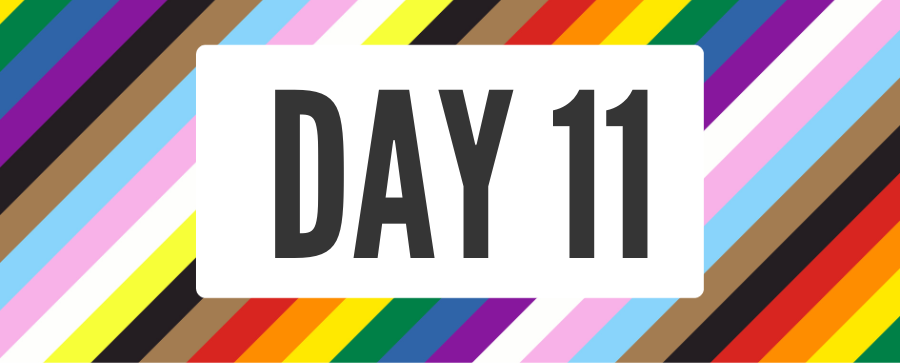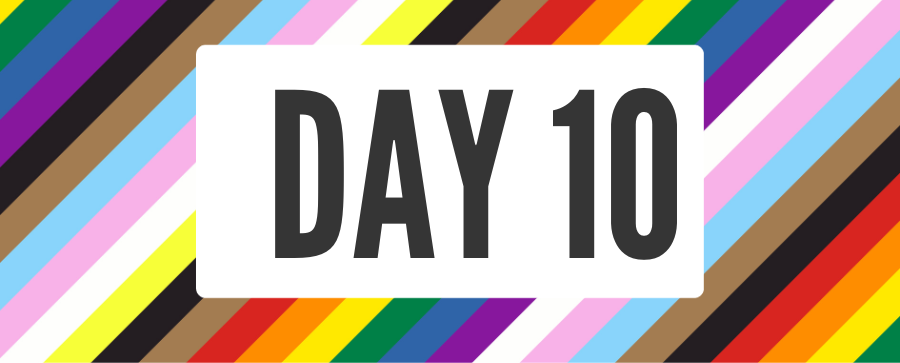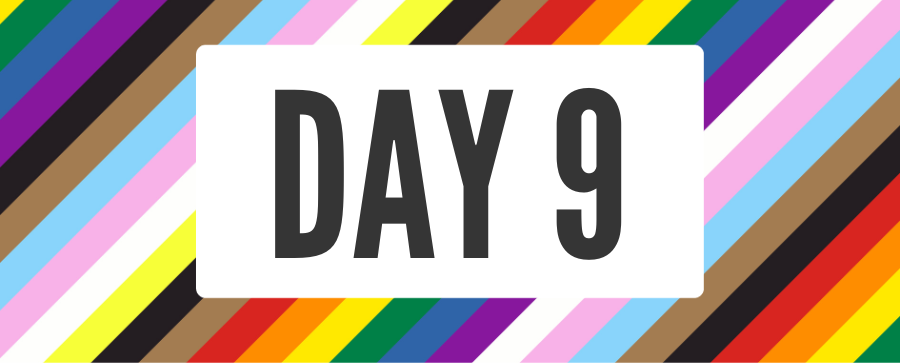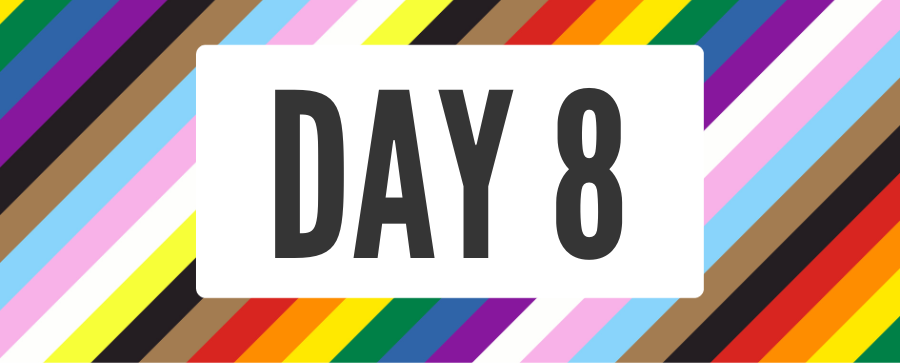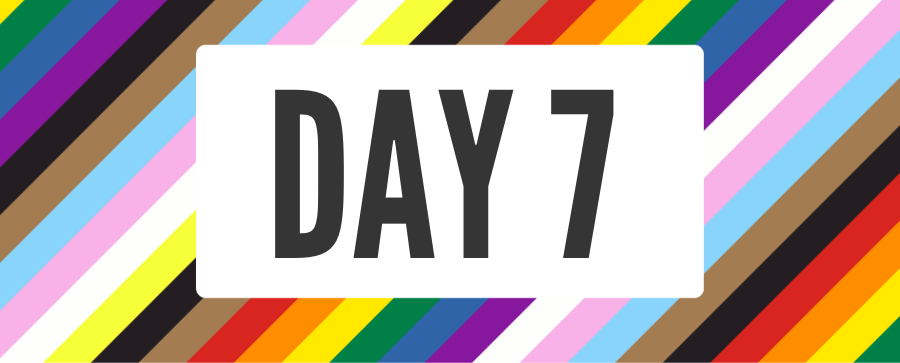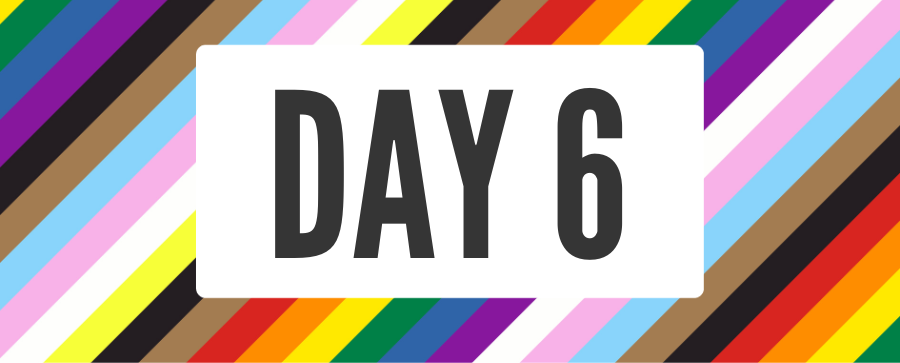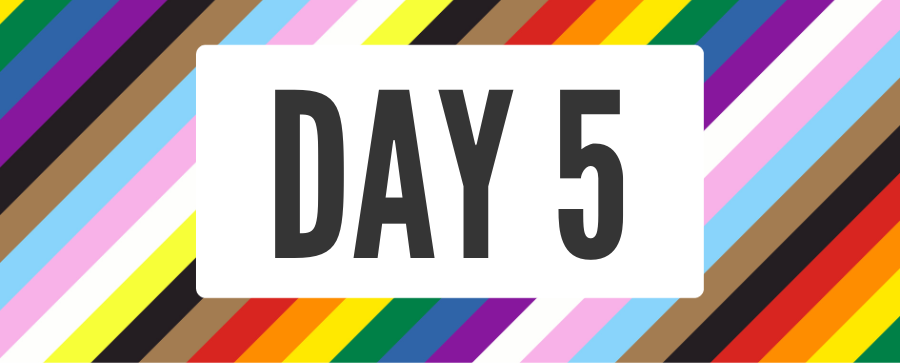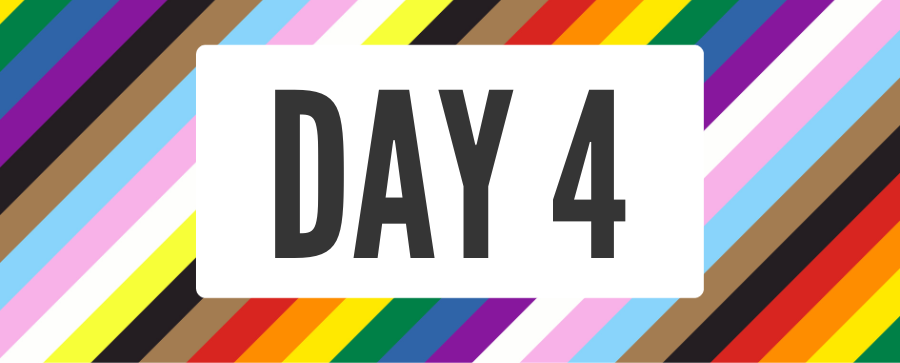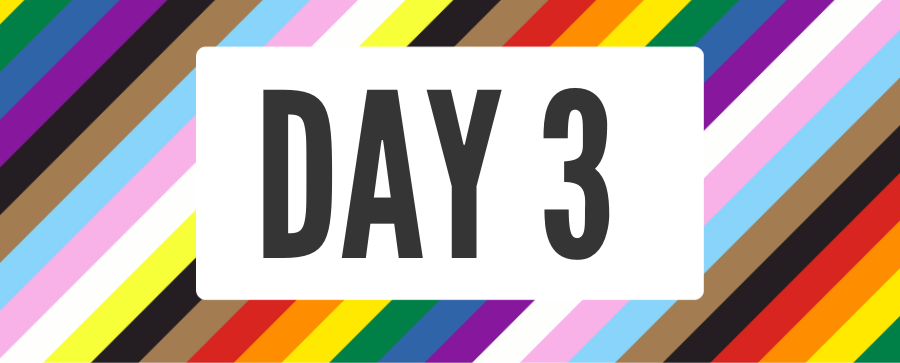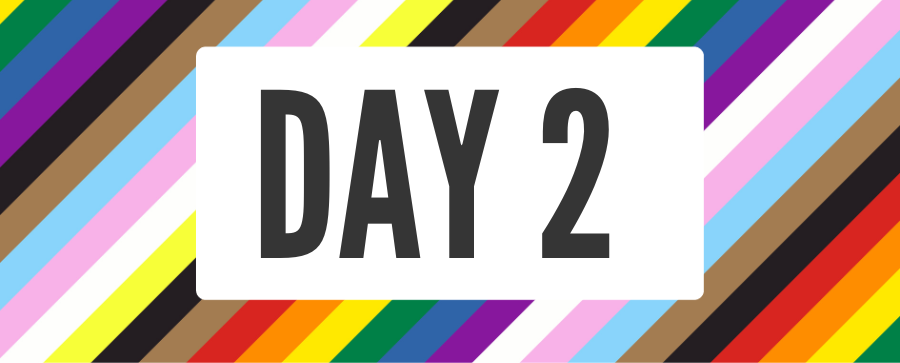LGBTQIA+ Challenge
Day 11: Healthcare
Impacts of discrimination lead to limited access to quality health care and contribute to chronic stress. Additionally, data shows that most members of the LGBTQIA+ community have experienced acute discrimination and sometimes abuse at the hands of medical providers.
Read MoreDay 10: Allyship and Advocacy
Allyship and Advocacy The word ally is growing in awareness and recognition. An ally is someone who does not belong to a particular oppressed group, but works to advocate with/for and support that group in the biggest and smallest ways. An LGBTQIA+ ally can be a straight/heterosexual friend who advocates for gay rights, an allosexual family members…
Read MoreDay 9: Systems of Oppression
Systems of Oppression Systems of oppression are often described as -isms: racism, sexism, ableism, and more. These terms describe the ways that groups experience unearned disadvantage and can be described through four levels of oppression: personal, interpersonal, institutional, and structural. While systems of oppression operate distinctly, for example, racism shows up in fundamentally different ways…
Read MoreDay 8: Power, Privilege and Oppression
Power, Privilege and Oppression October 11, 2023 is Happy National Coming Out Day! We couldn’t imagine a more fitting day than National Coming Out Day to talk about power, privilege, and oppression! As we talked about on Day 6: Sexual Orientations, coming out is only necessary because of the assumptions people have about what is typical…
Read MoreDay 7: Chosen Names and Pronouns
Chosen Names and Pronouns Some trans or non-binary people choose to change their name and/or pronouns to align with their gender identity. Our names and pronouns are deeply connected to how we are seen and understood in the world. For some, choosing a different name and updating pronouns can help lessen the impact of gender…
Read MoreDay 6: Sexual Orientations
Sexual Orientations In addition to our sex assigned at birth, gender identity, and gender expression, we all have a relationship to sexual orientation as well. Our sexual orientation describes who we are emotionally, physically, sexually, and/or romantically attracted to. Unlike sex assigned at birth, gender identity, and gender expression which are based on who a…
Read MoreDay 5: Gender Expression
Gender Expression We’ve covered the terms sex assigned at birth and gender identity. The third experience we all share is gender expression. Our gender expression is the way(s) in which we communicate our gender to others. These can be clues such as hair length, facial hair, make up, clothing style, tone or pitch of voice,…
Read MoreDay 4: Gender Identity
Gender Identity While a person’s sex assigned at birth is based on their perceived or actual reproductive or sexual anatomy, someone’s gender identity is their internal, psychological sense of who they are. Cisgender or “cis” describes a person whose gender identity (man or woman) aligns with their sex assigned at birth (male or female). Transgender…
Read MoreDay 3: Sex Assignment
Sex Assignment All of us, no matter who you are, how you look, or how you identify, share four things in common – we all have 1) a sex assigned at birth, 2) a gender identity, 3) gender expression, and 4) one or more sexual orientations. Over the next few days, we will unpack each…
Read MoreDay 2: Intersectionality
Intersectionality “I am not free while any woman is unfree, even when her shackles are very different from my own.” – Audre Lorde, civil rights activist A discussion of any marginalized group is not complete without a broader discussion of intersectionality. The Combahee River Collective, a group of Black, lesbian women is often credited for…
Read More
